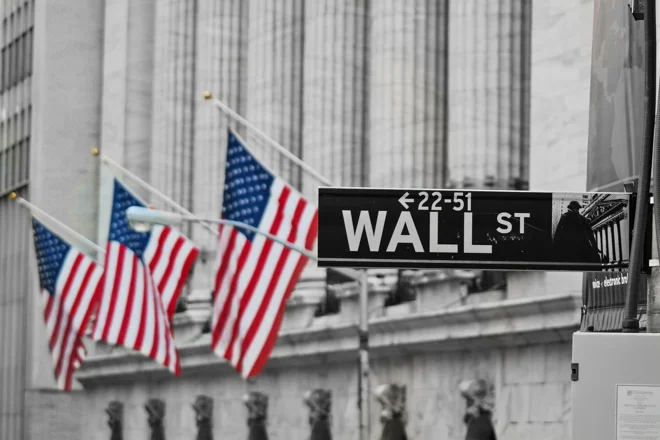Global | How are markets responding to the tariff pause?
April was a rollercoaster month in financial markets, starting with the announcement of the US trade tariffs on 2 April which led to an equity sell-off. The market moves we witnessed were truly historic in their speed, compounded by the subsequent retaliation from China. Because of this market pressure, and also due to the economic pressure from declining investor, business and consumer confidence, on 9 April, just one week later, President Trump announced a 90-day pause on most of the newly implemented tariffs, excluding China. After the announcement of the tariff suspension, the markets rebounded sharply at first, allowing the S&P 500 to post its best daily performance since October 2008, gaining more than 9.5%. After this relief rally, however, concerns about US exceptionalism lingered and weighed further on markets. US equities underperformed and the US dollar weakened.
Over the past two weeks, equity markets recovered a good part of their losses (some even recovered all losses since the start of April). Global growth concerns eased as the tone of the Trump Administration became more constructive, opening the door for negotiations with trade partners. We’ve always argued that the most important positive accelerator to lower the uncertainty in the markets is the hint of trade deals, which seems to be the phase we’re in. As uncertainty remains, though, our message is clearly to stay vigilant and diversified across regions and asset classes. In addition to our strategic positions in gold and commodities (which can protect against uncertainty and geopolitical risks), we are sticking to our existing quality investments in government, investment-grade and inflation-linked bonds, preferring short-dated European government bonds in euro portfolios (or gilts in sterling portfolios) to US Treasuries, where we’re underweight on fiscal concerns. Similarly, we prefer European investment-grade bonds to their US counterparts.
At the same time, tactically, we remain nimble and stay ‘roughly neutral’ on the equity side, preferring European equities (including the UK in sterling portfolios) to broad US equities. We are also keeping a US warrant, an ‘insurance’ instrument (where client knowledge and experience, and investment guidelines and regulations, permit) against further potential negative shocks. We also hold an equal-weighted index in US equities that gives a greater exposure to sectors such as industrials and financials, where valuations are more attractive than technology and catalysts such as fiscal stimulus and deregulation could be beneficial.
US | How’s the economy holding up despite tariffs and elevated uncertainty?
Last week’s US GDP data for the first quarter, a handy though backward-looking measure of economic growth, was misleading. The data showed that the US economy contracted by 0.3% in the first quarter. But that’s because President Trump’s tariff policy has led to a surge in imports, as companies built inventories ahead of tariffs, causing the largest drag from imports on GDP growth in recent history. Firms are likely to draw down inventories in the near future, hoping that by the time inventories are depleted, tariffs will have been materially reduced through trade negotiations. Despite the negative impact on GDP growth from trade, the economy’s underlying strength still looks solid. Consumer spending and private investment combined grew at a healthy 3% annualised rate.
Furthermore, looking at the job market, the economy appears surprisingly resilient Although US tariffs and elevated uncertainty have significantly weakened consumer and business confidence, so far there is little evidence of firms laying off workers. Friday’s job report for April offered the first insight into the labour market post Trump tariffs and included the impact from DOGE (Department of Government Efficiency). The US added 177,000 new non-farm jobs, beating consensus estimates, while the unemployment rate held steady at 4.2%. The better-than-expected jobs report eased recession fears, with US equity markets rising and bond yields also moving higher.
While last week’s key macroeconomic data were encouraging, we continue to foresee slower (but positive) economic growth ahead, as the US economy digests the stagflationary impulse (weaker growth and rising prices) from President Trump’s trade policies.
This Week | Central bank decision time
In the US, all eyes will then turn to Wednesday’s long-awaited US Federal Reserve (Fed) meeting. Investors broadly anticipate that policy rates will be left unchanged, but any nuance in the policy statement or Chair Powell’s press conference could be market-moving. The Bank of England meets on Thursday, with markets pencilling in a 25 basis-point reduction to take the Bank Rate down to 4.25%. Attention will centre on the Committee’s current assessment and future guidance for hints about the pace of future easing.
In Germany, we’ll have the inauguration of the new government, with Friedrich Merz set to be Chancellor on Tuesday. Markets will be watching for early signals on easier fiscal policy and structural reform as the new German administration takes office.





